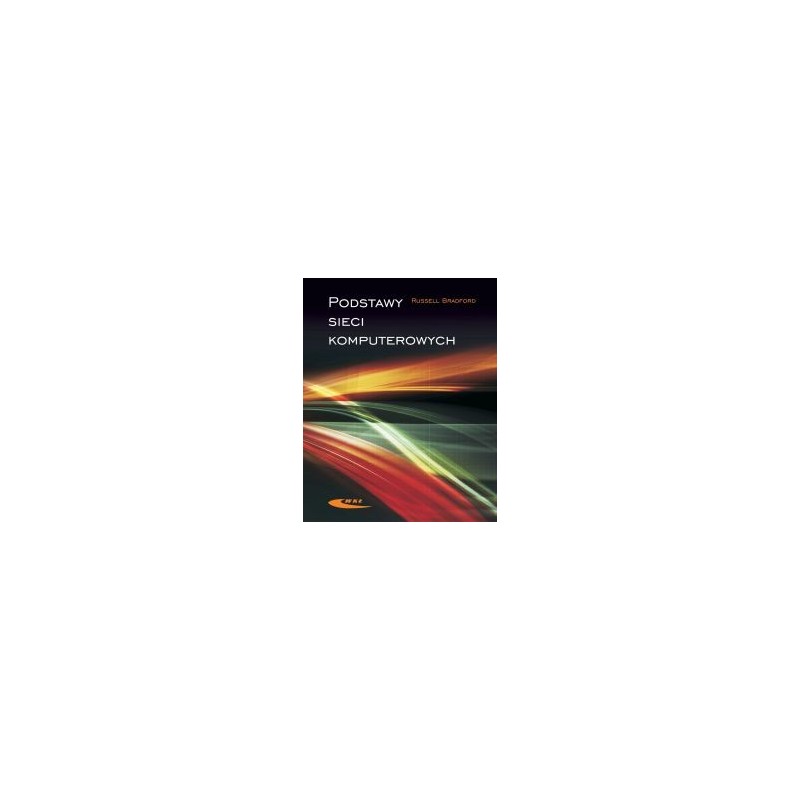- Out-of-Stock



μHex is the first low-power controller which is compatible with Arduino. It is very suitable for the battery power supply environment. A 210mAh CR2032 cell battery could make it work 60 days long. DFR0343
No product available!
PCB and programmed circuit for the DDS generator for the 1Hz ... 40MHz range with the sweep. AVT5580 A +
No product available!
Motion detection module featuring Panasonic\'s EKM series PIR sensor. The EKM series is optimised for detecting small movements and is ideal for detecting movement in a small area around the sensor. It offers digital output in 32 zones with a detection distance of 5 m and a detection area of 90° x 90°. SparkFun SEN-22000
No product available!
No product available!
High quality XF-ABS filament for 3D printer with 1.75 mm diameter. 2 kg of wire are wound on the spool.
No product available!
No product available!
No product available!
Aluminum housing designed for Raspberry Pi B + / 2B / 3B / 3B +. Black colour. RB-ALUcase + 01
No product available!
Universal charger for 1-6S Li-Ion, LiPo, LiFe, LiHV, Pb, Ni-Cd and Ni-MH batteries. It has a built-in function of generating and measuring PWM, PPM and S.BUS signals. ToolkitRC M6
No product available!
No product available!
10.3" e-Paper monitor with an HDMI interface. It is characterized by high resolution 1872x1404 pixels, wide viewing angle and low energy consumption. Waveshare EINK-DISP-103-EU
No product available!
ROSA3D filament made of high-quality ASA polymer. 0.7 kg of filament with a diameter of 1.75 mm is wound on the spool. ROSA3D ASA Red
No product available!
The mod10DOF_2 module is a system containing an accelerometer + a zyroscope (MPU6050), a magnetometer (HMC5883L) and a pressure sensor (BMP180). communication with the sensors takes place through the magnificent I2C
No product available!
No product available!
The I2C-GPIO converter module is powered with the voltage of 5 V. It allows you to extend the number of digital pins of the Arduino-compatible board with an additional 16 IO pins. DFRobot DFR0013
No product available!
No product available!

